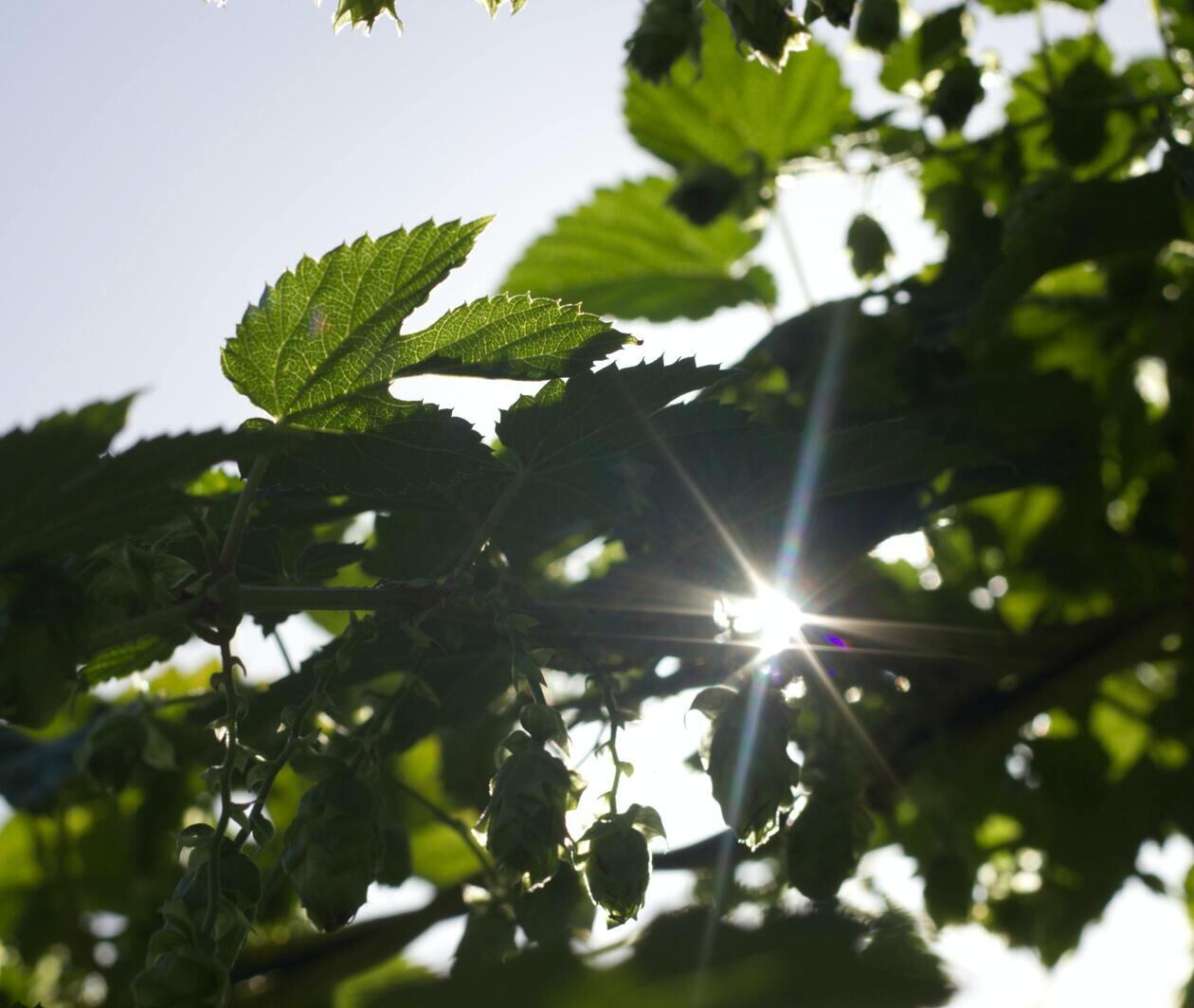
Duration
3 weeksWeekly study
4 hours
Key Concepts of Sustainable Fashion
What is sustainable fashion?
On this three-week course, you’ll deepen your understanding of what sustainable fashion is and start to assess how the industry can change for the better.
You’ll begin by identifying biases and debunking misconceptions about the industry to help you explore fashion from an inclusive perspective.
You’ll also think about ways to ensure sustainability and human rights as the fashion industry continues to expand.
Explore the future of fashion
To look at the bigger picture of the industry, you’ll examine the different ecosystems within fashion from both a personal and global perspective. This will help you categorise types of fashion ecosystems and understand how your behaviours impact the industry.
With this information, you’ll evaluate the personal actions you can take to influence a sustainable future for fashion ecosystems.
Gain expert insights from the Parsons School of Design
As you begin to reimagine the future of fashion, you’ll explore emergent alternatives in the industry to discover the pioneers in sustainability.
By the end of this course, designed by the specialists at Parsons School of Design, you’ll know your role within fashion, and feel empowered to help the industry have more positive impacts in the future.
Syllabus
Week 1
Understanding Our Thinking of Sustainable Fashion
Introduction
Welcome to Week 1
Assumptions and Preconceptions about Sustainable Fashion
Assumptions and Preconceptions about Sustainable Fashion
Value Mapping
Value Mapping
Exploring Values/Action Gaps
Exploring Values/Action Gaps
Week 2
Intersections of Fashion Ecosystems
Welcome to Week 2
Welcome to Week 2.
Diversity of Ecosystems- Personal, Local, and Global
Learn about personal, local, and global diversity of fashion ecosystems.
Industry Movements Towards Change
Learn more about mobilizing the fashion industry for change and how the UN's 17 Sustainable Development Goals are changing the industry.
Activating Change Within Ecosystems
Discover how to activate change within fashion ecosystems.
Wrap Up
Wrap Up
Week 3
Reimagining Future Sustainable Fashion Ecosystems
Welcome to Week 3
Welcome to Week 3.
Breaking Old Cycles: From Individual to Industry
Learn about how you can be aware of fashion behaviors you would like to change, and how to create those changes.
Targeting New Mindsets and Behaviors
Discover how to target new mindsets and behaviors.
Case Studies in Sustainable Fashion
Let's take a look at what some industry leaders are doing!
Course Conclusion
Course Conclusion
Learning on this course
On every step of the course you can meet other learners, share your ideas and join in with active discussions in the comments.
What will you achieve?
By the end of the course, you‘ll be able to...
- Describe the concepts of sustainable fashion
- Classify the types of fashion ecosystems
- Explore actions that will influence sustainability and the future of fashion ecosystems
- Assess how your values align with your actions
Who is the course for?
This course is designed for anyone interested in the social, environmental, and economic impacts of fashion.
It may be of particular interest if you are considering a career in fashion or sustainability.
Who will you learn with?
I am a sustainable systems educator, researcher, and designer. I work on developing new mindsets, models, and systems for alternative ecologies of fashion practice for social and environmental justice
Who developed the course?
Parsons School of Design
For more than a century, Parsons School of Design has been inspired by the transformative potential of design. Today, the school’s groundbreaking academic programs carry forward that mission, making Parsons the number one design school in the U.S. and among the top three globally. At the heart of a comprehensive university — The New School — Parsons draws on a range of academic fields to deliver a uniquely interdisciplinary education enriched by the resources of its home in New York City
Learning on FutureLearn
Your learning, your rules
- Courses are split into weeks, activities, and steps to help you keep track of your learning
- Learn through a mix of bite-sized videos, long- and short-form articles, audio, and practical activities
- Stay motivated by using the Progress page to keep track of your step completion and assessment scores
Join a global classroom
- Experience the power of social learning, and get inspired by an international network of learners
- Share ideas with your peers and course educators on every step of the course
- Join the conversation by reading, @ing, liking, bookmarking, and replying to comments from others
Map your progress
- As you work through the course, use notifications and the Progress page to guide your learning
- Whenever you’re ready, mark each step as complete, you’re in control
- Complete 90% of course steps and all of the assessments to earn your certificate
Want to know more about learning on FutureLearn? Using FutureLearn
Other courses in this ExpertTrack
Browse more in Nature & Environment and Creative Arts & Media
